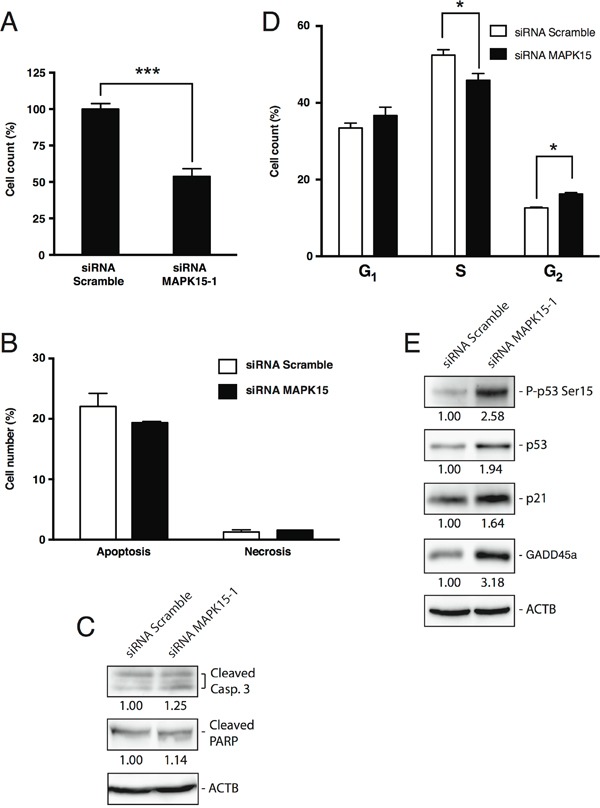Figure 4. MAPK15 affects the growth of human GCT-derived cell lines.

A. Cell count of NTera2/D1 cells transfected with MAPK15-targeted siRNA or non-silencing (Scramble) siRNA, assessed by trypan blue exclusion assay 72 h post-transfection. The transfections were performed in triplicate and the resulting mean values ± SEM were expressed as a percentage of mean cell number normalized on the Scramble-transfected sample. B. Percentage of apoptotic and necrotic cells following RNA interference with siRNA specific for MAPK15, compared to a control transfected with non-silencing (Scramble) siRNA, as assessed by Annexin V staining 72 h post-transfection. C. Levels of apoptotic markers following MAPK15 knockdown. Lysates from NTera2/D1 cells interfered for MAPK15, compared to a control transfected with Scramble siRNA, were probed with antibodies specific for cleaved Caspase-3 and cleaved PARP. ACTB (actin) was used as loading control and for normalization purposes. Intensitometric analysis was performed with ImageQuant TL software (GE Healthcare). D. Cell cycle analysis, performed by EdU staining, of NTera2/D1 cells interfered for MAPK15, compared to a control transfected with Scramble siRNA. The transfections and subsequent analyses were performed in triplicate and the results are expressed as the average ± SEM of the three biological replicates. E. Activation of the DNA damage response following MAPK15 knockdown. Lysates from NTera2/D1 cells interfered for MAPK15, compared to a control transfected with Scramble siRNA, were probed with antibodies specific for phospho-p53 (Ser15), total p53, CDKN1A/p21 and GADD45a. ACTB (actin) was used as loading control and for normalization purposes. Intensitometric analysis was performed with ImageQuant TL software (GE Healthcare). Significance (p value) was assessed by Student's t test. Asterisks were attributed as follows: *p< 0.05, ***p<0.001.
